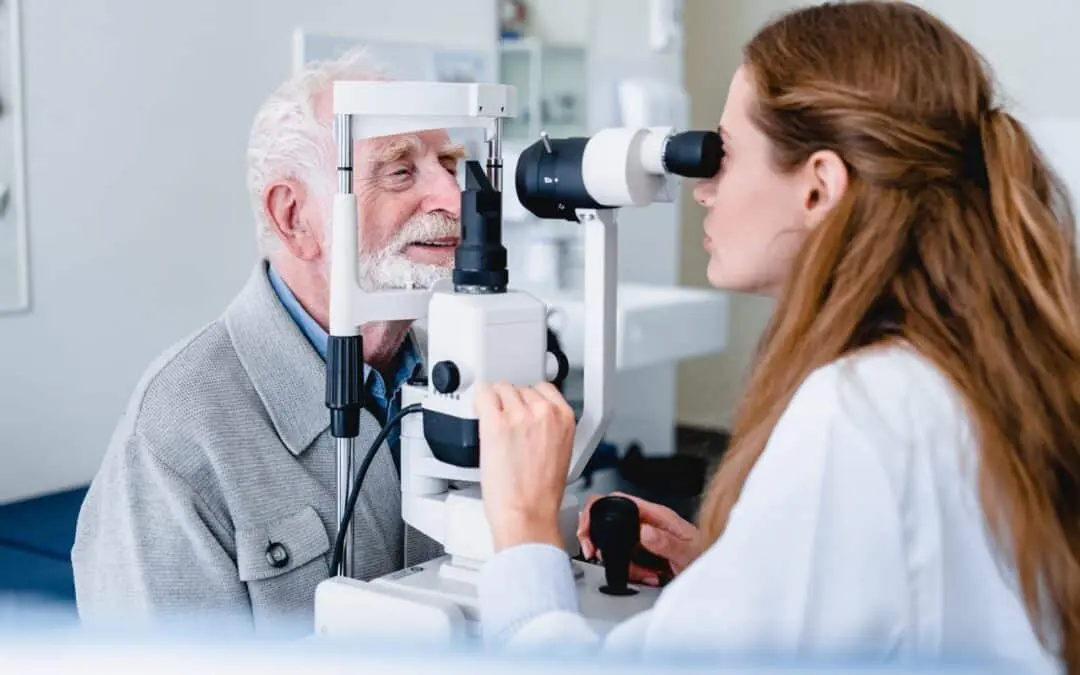All Categories
Featured
Table of Contents

Routine eye examinations are essential for preserving great vision and spotting potential eye health and wellness problems early. However, the regularity of these examinations can vary considerably based upon an individual's age, way of life, and general health. Recognizing the suggested routine for eye exams can help guarantee that people of any ages obtain appropriate care and monitoring for their eye health and wellness.
Newborns and Toddlers (0-2 Years)
For toddlers and infants, eye exams are crucial for discovering any possible vision issues early on. The American Academy of Ophthalmology advises that a child's initial eye exam must occur at around 6 months old. Throughout this preliminary see, the eye treatment professional will certainly assess the child's aesthetic growth and look for any evident eye issues.Following this very first test, it is recommended that children have one more eye test at age three. This visit will certainly concentrate on analyzing the child's overall visual function, consisting of eye positioning and the ability to track items. If no concerns are identified, the following test should be scheduled prior to the kid begins institution, usually around age five or 6.
School-Aged Kids (6-18 Years)
Regular eye tests must be set up every one to 2 years as soon as children reach college age. Vision is important for discovering and advancement, and many schools conduct vision testings. These screenings do not replace a comprehensive eye exam by an eye treatment specialist.For kids included in activities or sports requiring substantial aesthetic emphasis, annual eye exams may be suggested. In addition, if a kid exhibits indications of vision problems-- such as difficulty reading, scrunching up your eyes, or regular headaches-- a visit to the eye physician should be scheduled immediately.
Youthful Adults (19-39 Years)
Young grownups usually have fewer vision adjustments than older age, however regular eye exams stay essential. The general suggestion is to set up an eye test every 2 years during this duration. Nevertheless, people with details danger factors-- such as a family background of eye condition, diabetes mellitus, or those who put on contact lenses-- ought to consider annual eye exams.Furthermore, those who invest considerable time on digital tools might experience digital eye pressure. If signs such as dry skin, tiredness, or obscured vision occur, it may be a good idea to see an eye care expert faster.
Grownups (40-64 Years)
As individuals enter center age, the likelihood of developing vision problems boosts. Grownups aged 40 to 64 should schedule eye tests every one to 2 years. This age may start to experience presbyopia, a natural age-related condition that makes it testing to concentrate on close objects. Eye exams can also assist discover various other usual age-related problems such as glaucoma, cataracts, and macular deterioration.If individuals in this age have threat aspects such as high blood pressure or diabetic issues, they might need more constant exams to monitor their eye health closely.
Seniors (65 Years and Older)
For elders, normal eye tests come to be also a lot more important. The American Optometric Organization recommends that people aged 65 and older have an eye exam at the very least as soon as a year.Final thought.
Comprehending the proper routine for eye tests based on age is vital for keeping ideal eye health throughout life. From babies to elders, normal eye exams play a vital role in finding concerns early and making certain that vision continues to be sharp. By sticking to these guidelines and seeking advice from with an eye treatment professional, people can take aggressive steps toward preserving their vision and overall wellness. Whether it's a child's very first go to or an elderly's annual examination, prioritizing eye treatment is a financial investment in lifelong wellness.Table of Contents
Latest Posts
Visit Strathmere’s Coastal Treasure: Relax, Savor, and Stay at Deauville Inn
Published May 19, 25
2 min read
Treat Yourself to Local Ocean Flavors at Deauville Inn’s Oyster Bar
Published May 19, 25
2 min read
Relax with the very best Pleased Hour around at Yesterday's Pub
Published May 17, 25
1 min read
More
Latest Posts
Visit Strathmere’s Coastal Treasure: Relax, Savor, and Stay at Deauville Inn
Published May 19, 25
2 min read
Treat Yourself to Local Ocean Flavors at Deauville Inn’s Oyster Bar
Published May 19, 25
2 min read
Relax with the very best Pleased Hour around at Yesterday's Pub
Published May 17, 25
1 min read